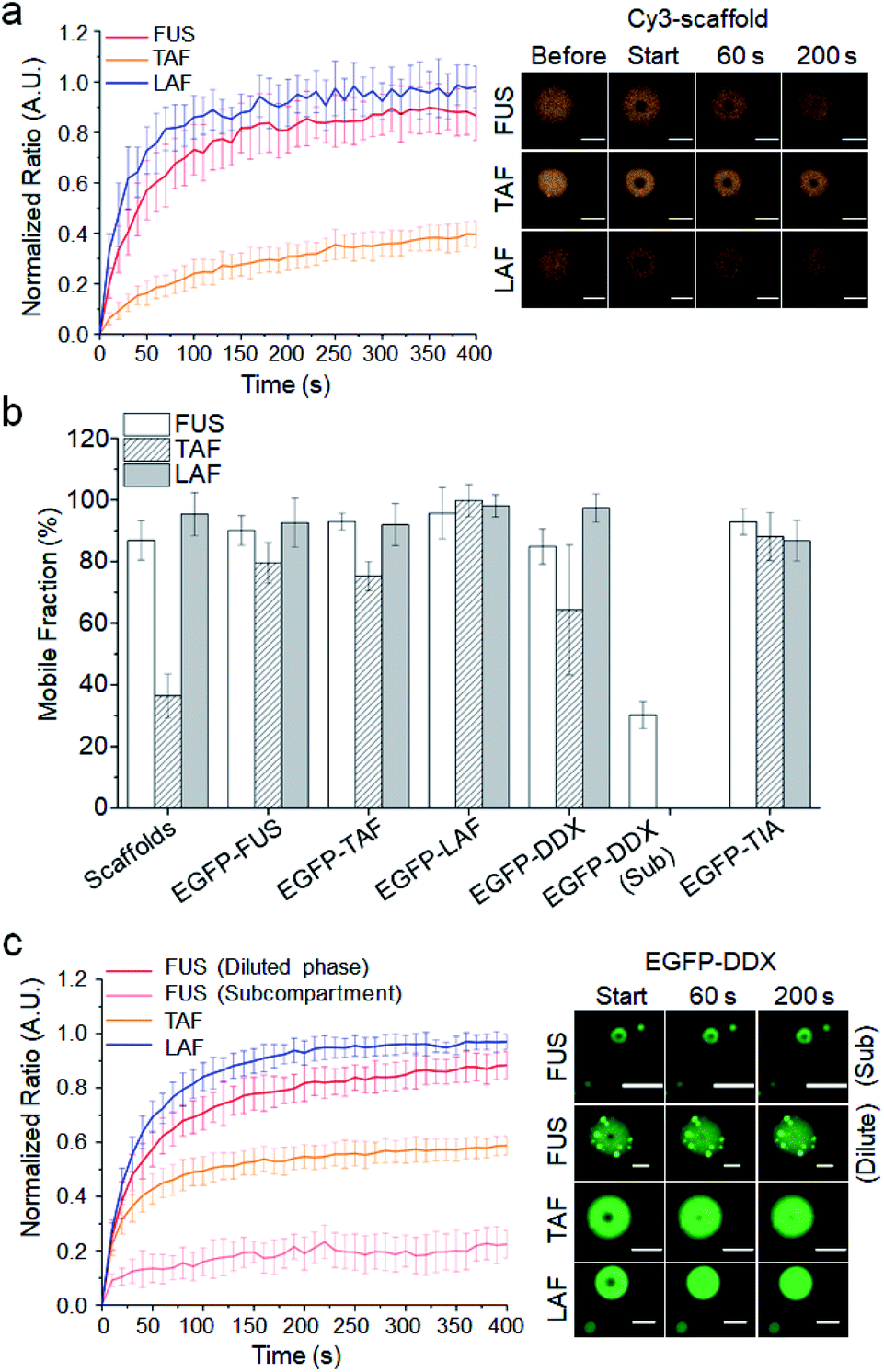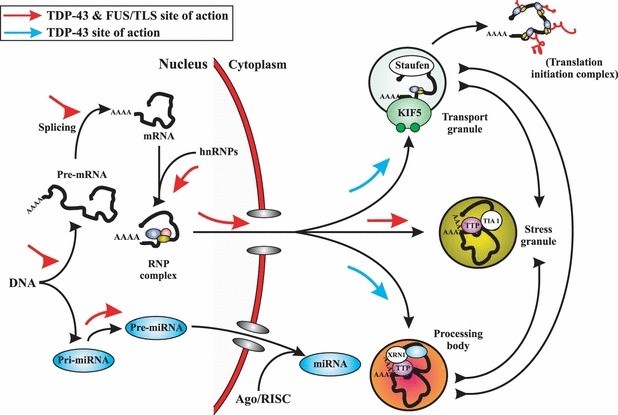

Moreover, a bridge between LLPS and lncRNA has been formed, giving a new meaning to the subcellular localization of lncRNA, where it can perform its functions. Moreover, a new concept of LLPS (liquid–liquid phase separation) is coming to light, which is believed to answer countless unanswered questions about the cellular world. Over the past 2 decades, extensive research has resolved various queries related to lncRNAs. From the nucleus to the cytoplasm, they have been linked to the regulation of several cellular processes such as DNA replication and repair, chromatin remodeling, transcription, mRNA splicing, translation, turnover, and signaling pathways. After the discoveries of gene-regulatory lncRNAs H19 ( Brannan et al., 1990) and Xist (X-inactive specific transcript) ( Brown et al., 1991) in the 90s, the number of reports of functionally important lncRNAs has increased continuously. LncRNAs have unique biochemical properties such as their interaction with DNA, RNA, and protein and their ability to fold into intricate secondary structures that allow them to interact with multiple RBPs (RNA-binding proteins). This class represents transcripts of more than 200 nucleotides in length, lacking coding potential however, some can encode small peptides ( Zhang et al., 2018).

It was unknown that this junk would belong to a new and larger class of transcripts called lncRNAs (long non-coding RNAs). This non-coding part of the genome was considered “junk or dark matter,” with the exceptions of rRNAs, tRNAs, snRNAs, and snoRNAs ( Lander et al., 2001). Human genome sequencing came up with a massive surprise that only less than 2% of the genome is translated and the remaining ∼98% does not encode a protein, creating loopholes in the central dogma.
FUS PROTEIN SCAFFOLD AND CLIENT UPDATE
This review will update the current understanding of phase separation, physio-chemical nature and composition of condensates, regulation of phase separation, the role of lncRNA in the phase separation process, and the relevance to cancer development and progression. It appears that short nonspecific RNAs keep the RBPs in a soluble state, while longer RNAs with unique secondary structures promote LLPS formation by specifically binding to RBPs. While RNA binding proteins (RBPs) with low complexity regions (LCRs) appear to play an essential role in this process, the role of RNAs is not well-understood. These liquid compartments, called membrane-less organelles (MLOs), are formed by liquid–liquid phase separation (LLPS), selectively partitioning a specific set of macromolecules from others. The formation of membrane-free ribonucleoprotein condensates resulting in intracellular compartments is documented in recent times to execute specialized tasks such as DNA replication and repair, chromatin remodeling, transcription, and mRNA splicing. Intracellular organelles with membrane-bound compartments are known for creating an independent internal environment for carrying out specific functions. Precise spatiotemporal control of their expression is essential to carry out various biochemical reactions inside the cell. Long non-coding RNAs (lncRNAs) that form a significant proportion are dynamically expressed and play diverse roles in physiological and pathological processes. With the advent of RNA sequencing technology, we know that much of the genome codes for RNAs with no protein-coding potential. Most of the human genome, except for a small region that transcribes protein-coding RNAs, was considered junk. Department of Microbiology and Cell Biology, Indian Institute of Science, Bangalore, India.Kumaravel Somasundaram*, Bhavana Gupta †, Nishkarsh Jain † and Samarjit Jana †


 0 kommentar(er)
0 kommentar(er)
